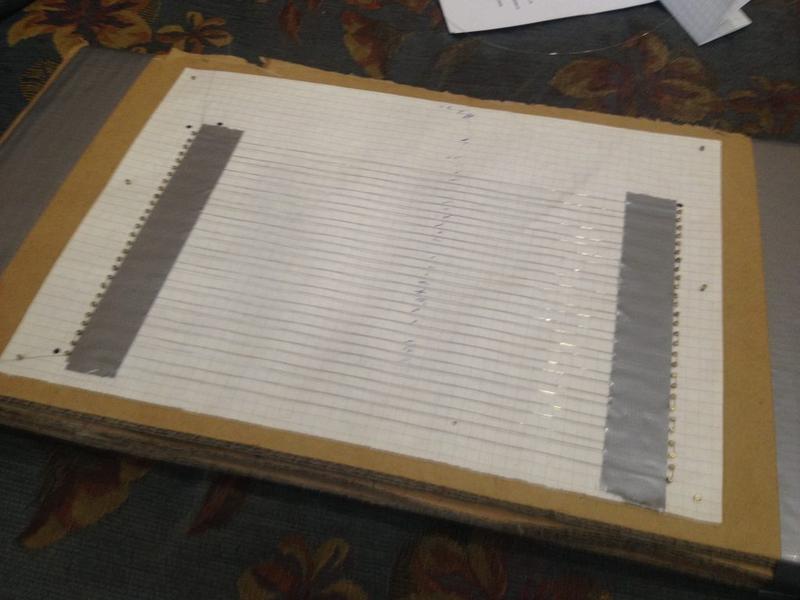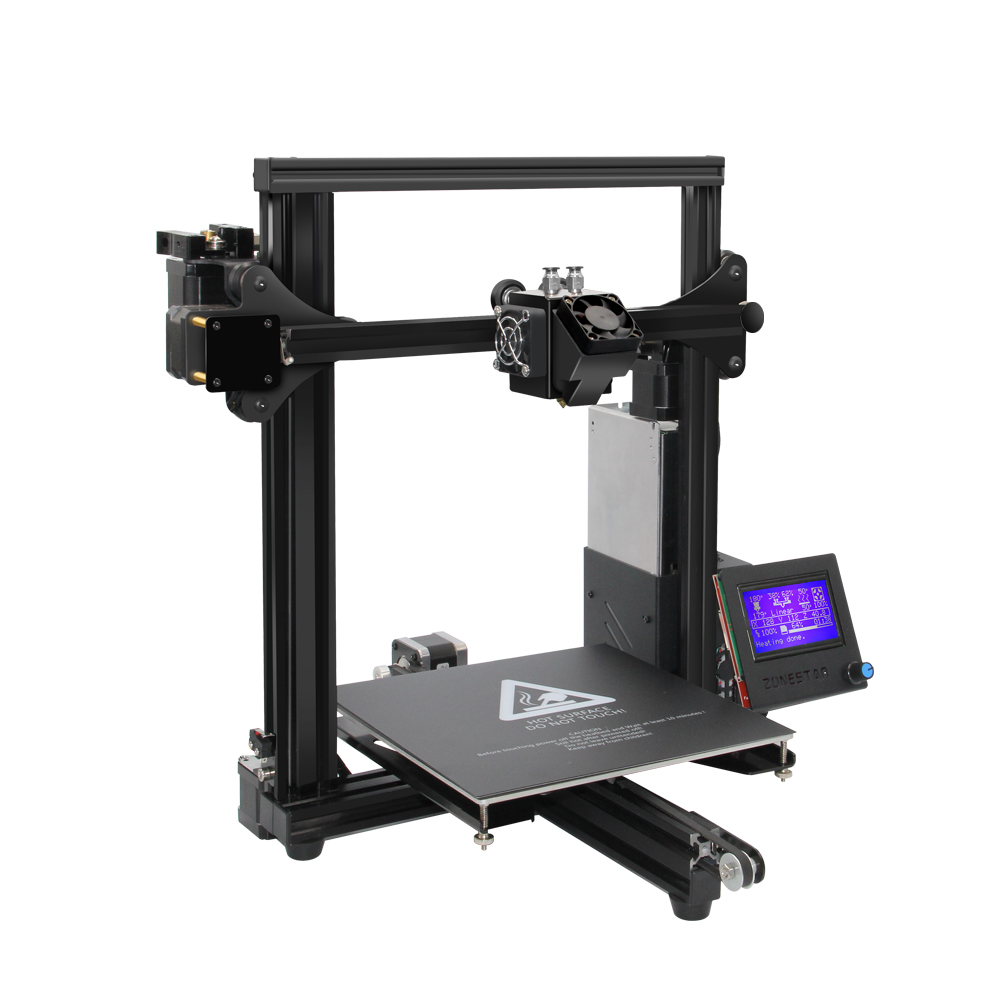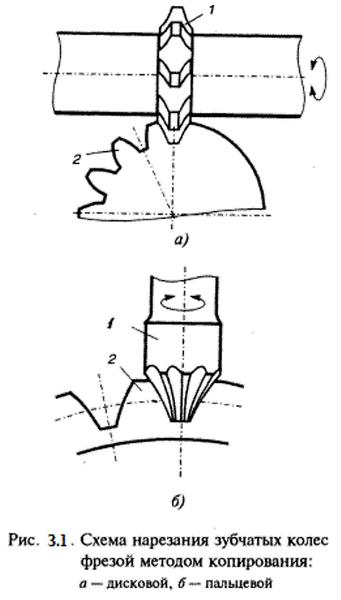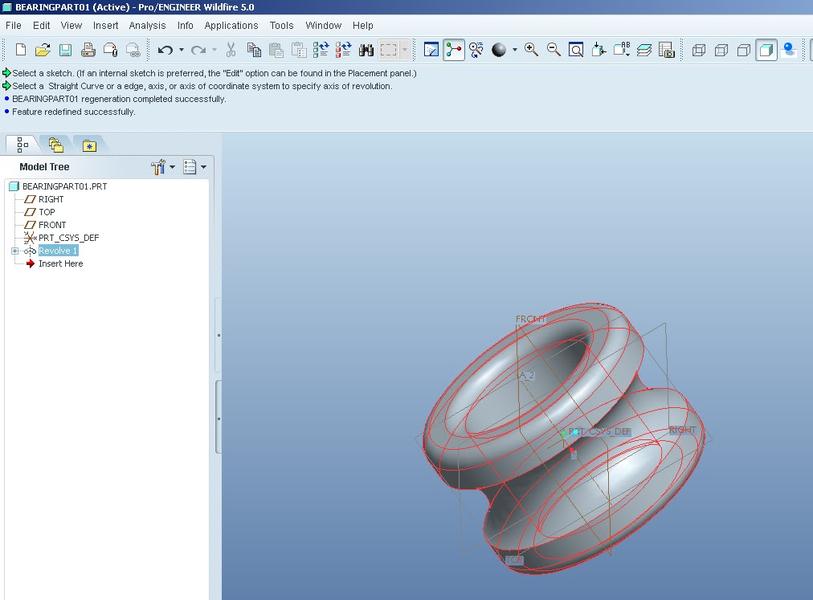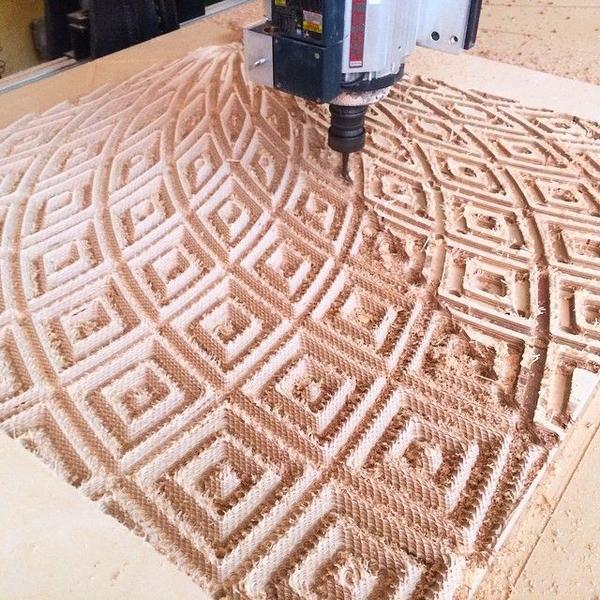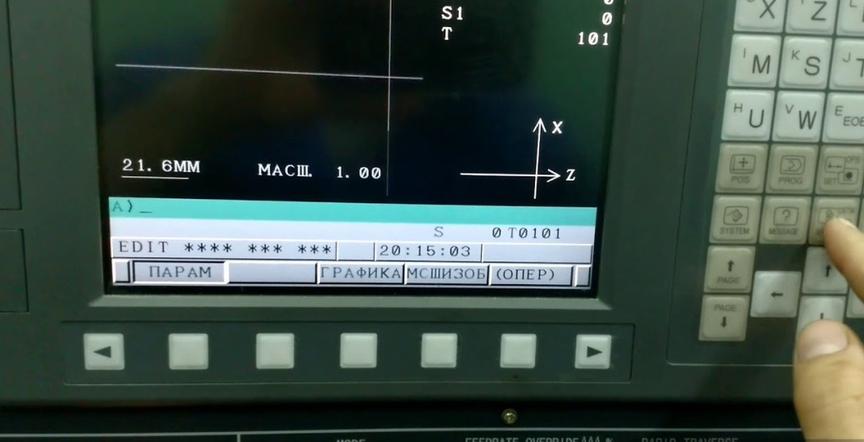How to make a heated table for a 3D printer with your own hands?
Depending on which plastic will be used during printing, it may be necessary to heat the 3D printer's work table. Moreover, budget devices often do not have such a function. That is why many people make a heating table with their own hands.
- Heating table for 3D printer
- Why is heating necessary?
- What to make a table for a 3D printer with your own hands?
- Step-by-step instructions
- Errors and ways to avoid them
Heating table for 3D printer
The heating table is a working surface consisting of several layers, one of which has a heating element. The printer prints on the heating table.
The heater usually has a snake-like pattern.
Why is heating necessary?
Using a heated table during three-dimensional printing is a simple and reliable way to protect finished products from uneven cooling, which often causes deformation of the part. Even on the cheapest printer, you can get good quality models by using a heated working surface.
What to make the table for a 3D printer with your own hands?
Types of heating tables:
- Textolite. This is the most cost-effective option. The textolite table consists of a textolite plate with copper tracks applied to it. Most often, it is powered by 12 or 24 V. It is not possible to print directly on a textolite sheet, as it is flexible and deforms during heating. Glass is attached on top of it to give it rigidity and level the surface.
- Aluminum. Aluminum tables also use textolite, but an aluminum sheet is laid on top instead of glass.
- Silicone. It can be flexible or rigid, depending on the design. It consists of a heating element filled with heat-resistant silicone.
Step-by-step instructions
The easiest way to make a table is based on silicone. You will need to prepare the following materials:
- Nichrome wire with a diameter of 0.2 mm;
- Cardboard sheets;
- Mounting tape;
- Nails with a small head;
- Glass;
- Heat-resistant silicone sealant.
Manufacturing process:
- Several sheets of cardboard are laid on top of each other and fastened with tape.
- A regular sheet is attached with nails in a grid pattern.
- Nichrome wire is wound in a zigzag pattern with slight tension around the nails.
- The heads are sunk and leveled.
- Tape strips are glued to the sides (next to the heads).
- The nails are carefully pulled out, leaving everything in place.
- The paper is also carefully removed.
- The glass is wiped with alcohol. After that, the resulting structure is glued to the glass. First, one strip should be glued, and then the second with tension.
- Everything is generously coated with heat-resistant sealant (except for the tape). The layer should be at least 2 mm thick.
- After drying, the sticky tape is removed, and the empty spaces are also filled with silicone.
- A wire is soldered to the end of the wire to connect to the power supply.
Errors and ways to avoid them
It is important to calculate the length and thickness of the wire correctly. Otherwise, there will be either overheating (which will lead to a short circuit or burning out of the wire) or the heating will be too weak. Special online calculators can be used for calculations. The required power and network voltage are entered into them.
Making a heating table for a 3D printer yourself is quite simple. All materials are affordable. Homemade manufacturing is especially relevant for those with budget printer models.

